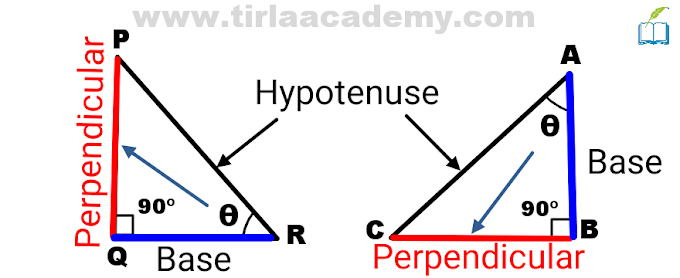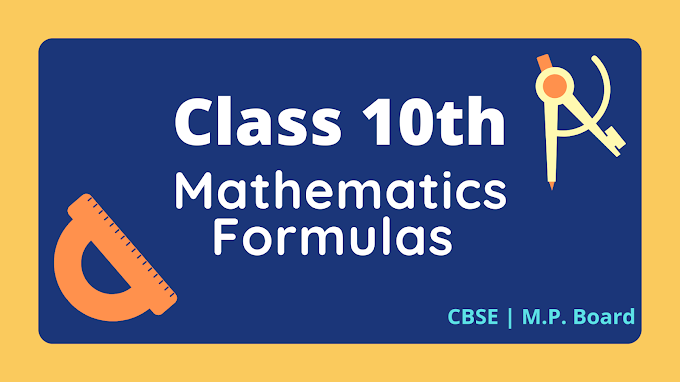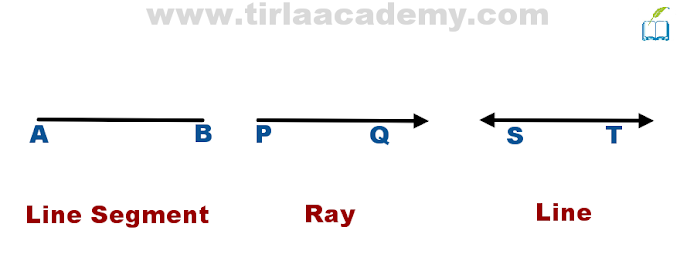Completing the square method
As we learn different methods in previous blogs, which is used for finding the solution ( roots or zeroes) of Quadratic equation.
First is Factorisation method & the second one is the Quadratic formula method.
We know that in Factorisation method we split the middle term of the equation.
In Quadratic formula method, we put constant term, coefficients of the variable in formula and find the solution of the equation.
Now we are introducing a third method which is helpful to find the roots or zeroes of the Quadratic equation are Completing the square method.
How to find solutions(roots or zeroes) by completing the square method?
As we discussed before completing the square method is used for finding the roots or zeroes of the quadratic equation. In completing the square method we use below formulas :
(a+b)² = a² + 2ab + b²
Or
(a-b)² = a² - 2ab + b²
Which formula we will use is dependent on the sign of the coefficient of the middle term in the quadratic equation.
Example:-
For understand completing the square method, we take a Quadratic equation 5x²-6x-2=0 & find it's roots or zeroes. Let's discuss it -
5x²-6x-2=0
(First, we multiply the whole equation from 5 which is coefficient of x², we need a square of a as per formula because of this reason we are multiplying by 5)
(5x²-6x-2=0) × 5
25x²-30x-10=0 OR (5x)²-30x-10=0
25x²-30x-10=0 OR (5x)²-30x-10=0
(Now the above equation (5x)²-30x-10=0 is our main equation)
(You can see below we have to arrange main equation in the form of formula a² - 2ab + b²)
(We are putting -3² for balancing the equation. Now we will compare below red expression with formula a² - 2ab + b² where a=5x & b=3 & we will make it in the form of (a-b)² )
(5x)²-(2×5x×3)+3²-3²-10=0
(5x-3)²-3²-10=0
(5x-3)²-9-10=0
(5x-3)²=9+10
- x={+√(19)+3}÷5 , x={-√(19)+3}÷5
Conclusion:-
You may try to solve some questions related to the quadratic equation & find solutions by different methods. For any query, you may ask in the comment section.






